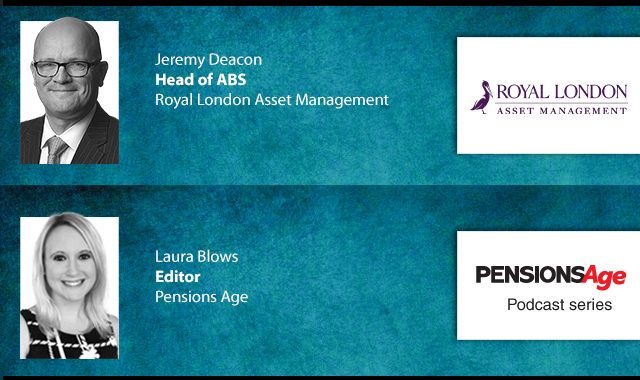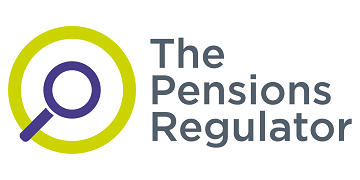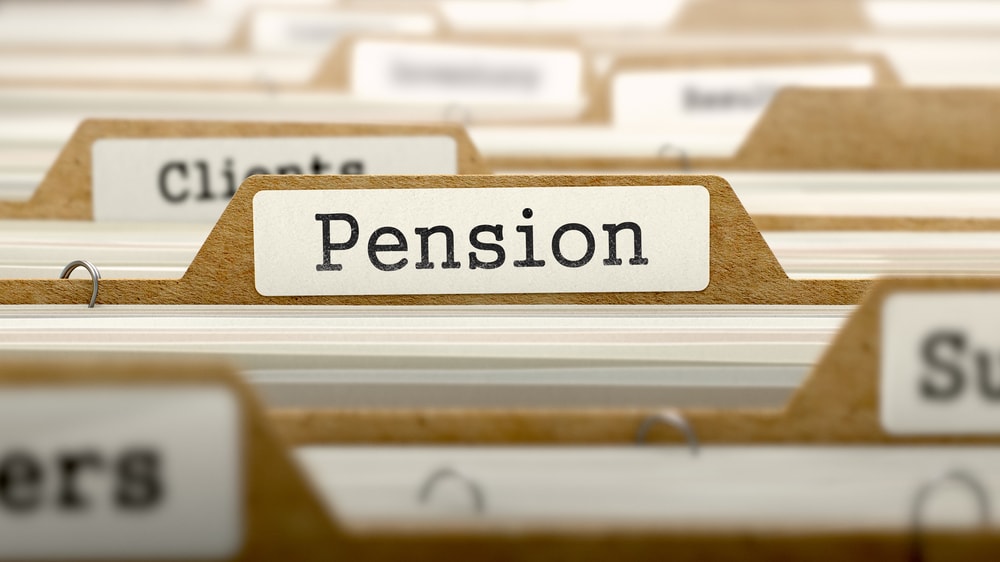All automatic enrolment (AE) thresholds will be maintained at their 2022/23 levels for 2023/24, Pensions Minister, Laura Trott, has confirmed.
In a written statement, Trott explained that the main focus of this year's annual review of the AE earnings trigger and lower and upper earnings limits of the qualifying earnings band was to ensure the "continued stability of the policy in light of the impact of Covid-19 and prevailing economic factors".
She stated: "We want to ensure that our approach continues to enable individuals, for whom it makes economic sense, to save towards their pensions whilst also ensuring affordability for employers and taxpayers.
"The review has concluded that all AE thresholds for 2023/24 will be maintained at their 2022/23 levels.
"This is consistent with our ambitions to build a stronger, more inclusive savings culture. The government are considering what more can be done to enable people to have greater financial security in retirement."
As a result, Trott confirmed that the AE earnings trigger will remain at £10,000 in 2023/24, while the lower earnings limit of the qualifying earnings band will remain at £6,240, and the upper earnings limit of the qualifying earnings band will remain at £50,270.
Quilter head of retirement policy, Jon Greer, suggested that the choice to keep the thresholds at the same level will have been "carefully weighed by the government as it needs to navigate the delicate balance between addressing the financial pressure on low-income households at the moment while still adhering to the recommendations of the government's 2017 review of AE and helping as many people as possible save in a pension".
He continued: “While saving for retirement is key, low-income workers must balance this need with hanging on to as much of their money as possible to stay afloat in this economic climate.
“As pensions secretary Laura Trott mentions it must make economic sense for someone to be putting money into their pension and keeping the earnings trigger where it is for the time being is a sensible move as the nation’s finances recalibrate to higher costs."
Greer suggested a potential alternative option the government, stating that it could increase the lower earnings limit of the qualifying earnings band so that it once again aligned with the national insurance lower earnings limit.
However, Greer went on to caution that this approach would have moved the lower earnings limit further away from the 2017 AE recommendations and would have actually reduced pension contributions for the lowest earners.
"As and when the financial situation of households improves, future reviews may lean towards adopting the 2017 government review's recommendations, such as lowering the age threshold for AE from 22 to 18," he added.
"However, it is logical for the DWP to wait for household finances to be on a more stable footing before expanding this successful policy to help more people save for their retirement."
Adding to this, Hargreaves Lansdown senior pensions and retirement analyst, Helen Morrissey, said that the statement will have come as "no surprise given the enormous economic challenges people are facing".
She continued: “With budgets being squeezed like never before people are making difficult financial decisions based on balancing saving for their future with meeting their day-to-day living costs.
"Any move to increase the amount going into a pension by actively reducing or removing earnings limits may be enough to tip people over the edge and opt out. However, it’s worth saying freezing the trigger and lower earnings limits will see more people being brought into AE if they get a pay increase. "
The Work and Pensions Committee (WPC) also previously raised concerns around the earnings trigger potentially excluding low earners from AE, urging the government to review the threshold, and explain what action it intends to take to address this.
In its recent response, the government confirmed that an analytical work programme is addressing evidence gaps on choices around the trigger and the timing/phasing of changes to the lower earnings limit.
This includes research to understand the views and attitudes of low earnings employees towards automatic enrolment, and quantitative analysis of the impacts of any changes across the income distribution.
Latest News
-
Reeves to launch adequacy review in upcoming Mansion House speech
-
Athora agrees to acquire PIC for £5.7bn
-
Govt urged to use the PSB to abolish PPF administrative levy
-
European Pensions Awards 2025 winners revealed
-
'Clouds on the horizon' for DB scheme funding despite recent improvements
-
DC retirement expectations improve despite weak investment returns
A changing DC market
In our latest Pensions Age video interview, Aon DC senior partner and head of DC consulting, Ben Roe, speaks to Laura Blows about the latest changes and challenges within the DC sector
Being retirement ready
Gavin Lewis, Head of UK and Ireland Institutional at BlackRock, talks to Francesca Fabrizi about the BlackRock 2024 UK Read on Retirement report, 'Ready or not. How are we feeling about retirement?’
Podcast: Who matters most in pensions?

In the latest Pensions Age podcast, Francesca Fabrizi speaks to Capita Pension Solutions global practice leader & chief revenue officer, Stuart Heatley, about who matters most in pensions and how to best meet their needs
Podcast: A look at asset-backed securities

Royal London Asset Management head of ABS, Jeremy Deacon, chats about asset-backed securities (ABS) in our latest Pensions Age podcast
© 2019 Perspective Publishing Privacy & Cookies













Recent Stories